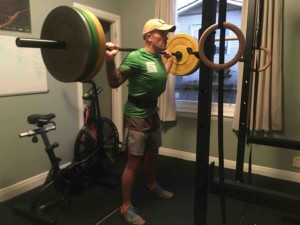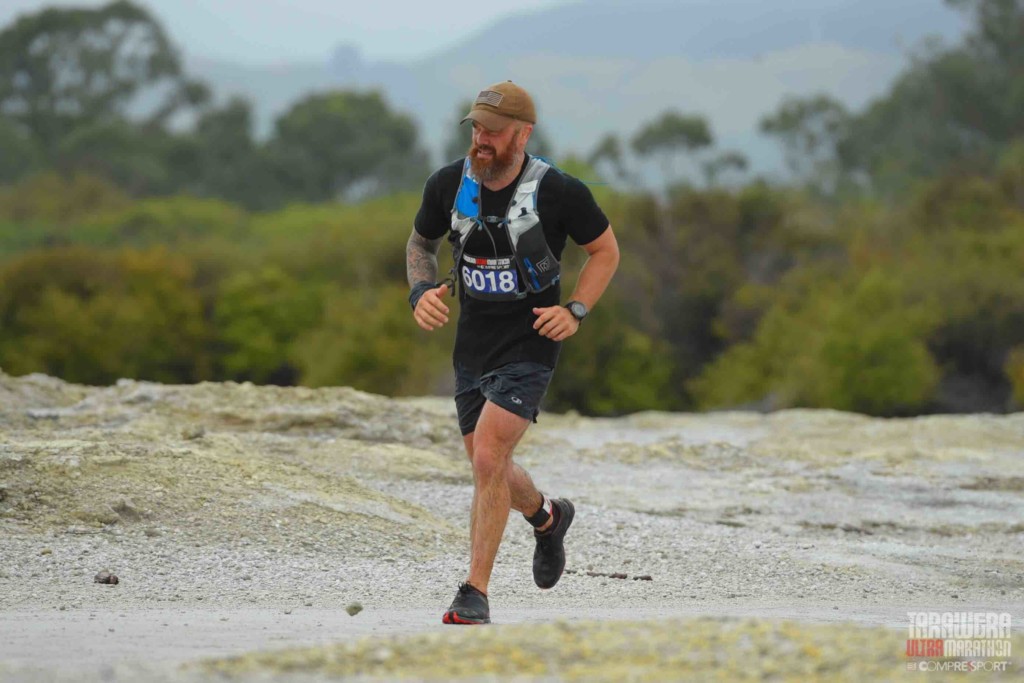 In our latest member feature, meet PSE PRO Run member Inia from Auckland, New Zealand.
In our latest member feature, meet PSE PRO Run member Inia from Auckland, New Zealand.
What obstacles were you facing when you decided to join the PSE PRO program?
Time and repetitive injuries were really starting to impede my training for Ultra-Marathons. I work shift work as an Emergency Doctor in New Zealand (NZ) and was recently deployed on military service. Subsequently, I found it hard to put in the recommended mileage to train for Ultras. I also found that high mileage didn’t really work for me. I was suffering from repeated knee injuries and pain that would put a halt to training and competing… just when I was starting to get competitive. When I returned from deployment early last year, I couldn’t run 5km without pain. As a result, I adopted the PSE approach to training. I’ve now set up a small home gym and do most of my training at home before or after work.
How has PSE PRO helped you overcome that obstacle?
It helped confirm what I already suspected. That by focusing on correct form and strength, you didn’t need the high, what I call “junk miles”, of a traditional ultra-marathon running program. Although high, slow milage may work for some runners, it didn’t work for me, and just placed me at risk of injury. It provided a guide for cutting back on the mileage and working on technique and form correction. The videos have helped me with my form and I typically have them playing at home during my training.
What does PSE PRO provide that you value the most?
A direction when it comes to strength training for running. I still supplement in some of my own rehabilitation exercises and the odd longer trail run (because that’s my sport), but my the basis of my training revolves around the prescribed PSE run program.

What have been your results or the impact on your life from training with PSE PRO?
I have managed to return from injury to compete in my first Multi-stage Ultra-marathon in 2 years. Having completed (last week) the Alps2Ocean Ultra in New Zealand. As an unsupported runner (carrying all food and equipment) I ran 316km over 7 days, from the base of Mt Cook (New Zealand’s highest mountain) to Oamaru on the east coast of the South Island. Without putting in the high training milage of other competitors and still not being back to 100% pre-injury state, I came in 10th in the unsupported category and 26th overall (supported + unsupported runners). This was way better than I expected for the amount of actual running I have been doing and has placed me ahead of schedule for my future race goals over the next 2 years.
Why did you choose to join PSE over another program/service?
Ease of use and the fact that PSE shared the same philosophy in regards to training.
What would you tell others who may be considering joining PSE?
The PSE Run program works. Not only does it work, but it works for Ultra-marathon training as well. It’s helping make me a stronger, less injury prone runner and a more functional general athlete as well. Because although I enjoy running, I don’t want to look or function like a runner. I enjoy other sports and activities like boxing that require strength and coordination, something a large portion of ultra-runners don’t have.


No Comments